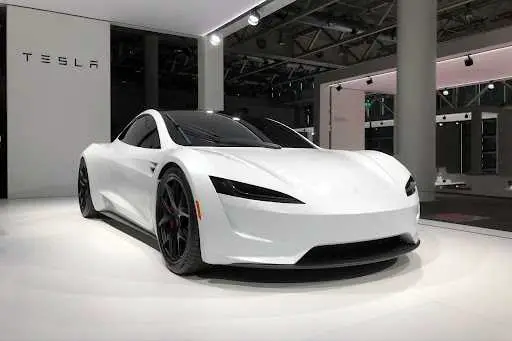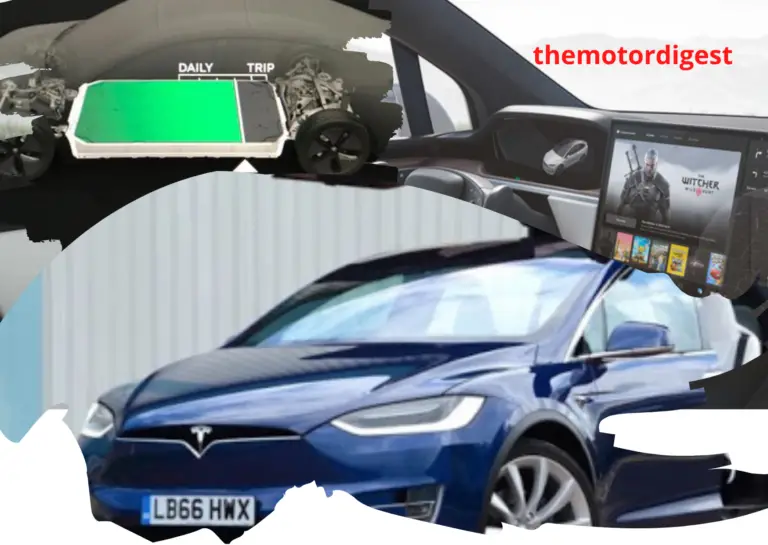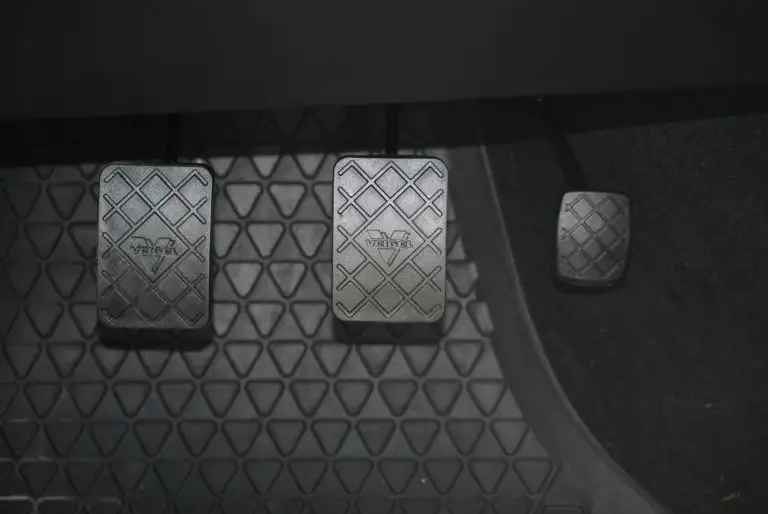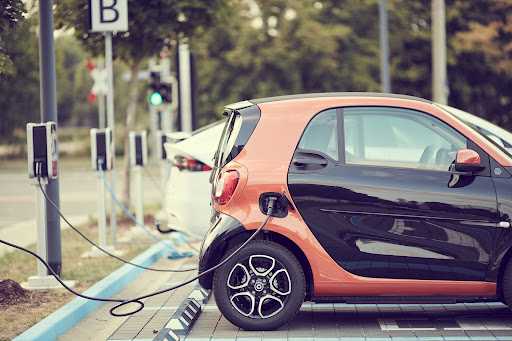Do Teslas Have Transmissions?
Tesla is a pioneer in the realm of electric cars; It’s so advanced that even some consider it a luxury. However, it’s so different from other traditional and even electric cars that it has raised many questions regarding its parts and functions. One of these questions is whether Tesla cars have transmission.
Teslas don’t have transmissions in the conventional sense. Like most electric cars, it has an automatic single-speed transmission which is quite different from those found in regular combustion cars. Essentially, it has only one gear because EVs don’t need more than that for acceleration.
Read the remainder of this article to learn more about the transmission system, its different types, and the role it plays in a car. You’ll also find out whether or not Teslas have transmissions and learn how they handle gear ratio and if you need to change their transmission fluid.
Table of Contents
- Transmission and Its Role in a Car
- How Tesla Transmission Works
- Electric Motors Are Different
- Tesla Transmission Fluid
- Bottom Line
Transmission and Its Role in a Car
The transmission system is one of the essential parts of a car, typically mounted on the car’s chassis in the front. It’s what transfers the engine’s power to the wheels and enables them to move. In fact, it converts the combustion power of the engine to the momentum that drives the wheels.
In other words, it enables the gear ratio between the engine and the drive wheels to adjust with the car’s acceleration or de-acceleration. If the car is stopped, the transmission disconnects the wheels and the engine, so the engine can keep idling when the wheels aren’t moving.
It also allows quick acceleration from a stop and lets the engine run more slowly while driving at a consistent speed to reduce its wear and tear.
Transmission can be automatic or manual – which means the driver has to change gears manually for proper acceleration.
Manual Transmission

Manual transmissions come with a pedal and a shifter that allow the driver to change the gears manually. There’s one reverse gear and 5 or 6 forward gears changed by the driver in cars with a manual transmission.
These transmissions typically have a set of gears, and a pair of shafts called the input and output shafts.
It’s up to the driver to select the right gear and engage/disengage the clutch. The clutch acts as a bridge between the engine and transmission, allowing you to change gears by pressing its pedal.
There are several types of manual transmissions, including Dual-clutch, Unsynchronized, Synchronized/constant mesh, Automated (AMT), Single-clutch, and Preselector transmissions.
Automatic Transmission
The most notable difference between manual and automatic transmissions is that automatic transmissions don’t have a clutch, and gear shifting happens within the transmission itself – without any manual engagement of the driver. There’s a torque converter in such transmissions that enables gear shifting.
The most prevalent settings of the gear stick of automatic transmissions are D for the drive, N for neutral, R for reverse, and P for parking.
A large cogwheel in the center of the gears in automatic gearboxes called the ‘sun gear’ transmits the engine’s power. Several smaller gears with different sizes are around it. These gears are called ‘planet gears’ and encircled with another large cogwheel that transmits planet gears’ power to the wheels.
Such arrangement of the gears and cogwheels allows the gear shifting to happen in a fluid transition and makes the driving experience much smoother and quieter than driving cars with manual gears.
How Tesla Transmission Works
Tesla is an electric car, and like a great majority of them, it doesn’t have multiple gears. Tesla’s transmission isn’t like the traditional combustion engine cars, and it has only one single-speed gear, which looks and works differently than them.
While multispeed transmissions – manual or automatic – are essential along with internal combustion engines, they’re pretty irrelevant for electric cars. Since they’re high-rev, they can get away with only one gear and remain efficient across a broad range of revs, and produce loads of torque at low RPM.
Combustion engines need several gears to reach the top speed, keep the engine within the appropriate power band, and still allow the car to travel at any desired speed. On the other hand, electric motors can be geared specifically for that top speed and still be helpful at lower RPM.
So, adding a transmission just increases the car’s complexity, cost, and weight and causes efficiency losses with little benefit. Since Tesla has a pair of motors, it can quickly and smoothly reach its desired speeds without additional gears.
Electric Motors Are Different
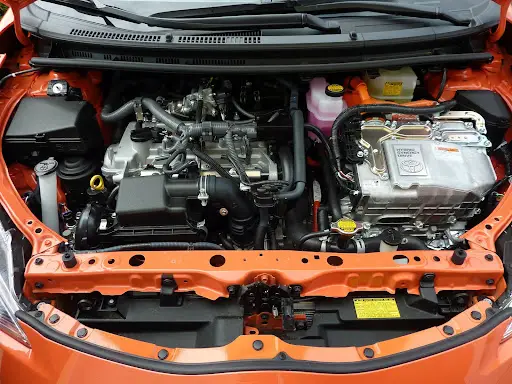
Lacking an internal combustion engine means a different type of transmission, too. Electric motors spin very fast compared to traditional ICEs, which fire off pistons and undergo an extensive process to burn the fuel and produce energy.
The harder you push on the gas pedal, the faster the electric motor spins. For this reason, a typical Tesla car can easily reach 20,000 RPM, which is quite a large number compared to the maximum RPM of a regular car which is about 4,000 to 6,000 – it’s almost 3-5 times faster.
Electric motors can easily and efficiently transfer power while revving through this range. In fact, the power efficiency of the electric motors is basically the same at any given rev in their range. For example, your Tesla’s torque at 1,000 RPM is as much as its torque at 20,000 RPM.
In electric motors, the speed increases and torque decreases, which in turn leads to an increase in power. As a result, Tesla receives the necessary power for an excellent acceleration that we can see in its Model 3, for example, that goes from zero to 60 mph in 3.2 seconds.
Tesla Transmission Fluid
Transmission fluid is a dark red fluid that acts as a lubricant, a coolant, oil for the transmission, and also a hydraulic fluid for gear shifting. Its level is checked in the same way we check the engine oil by a dipstick.
Over time and as the transmission operates, it also loses its color and gets contaminated. So, it’s usually replaced after about 30,000 to 60,000 miles. But do Teslas have transmission oil, too?
We all know that Tesla cars don’t have engine oil as they don’t have engines – they use grease for lubricating and cooling down the moving parts, which are much fewer than regular cars. But what about the transmission fluid?
The short answer is no. Tesla cars don’t have transmission fluid in the way we know it. The only exception is the Tesla Model S. The other models just use lubricants in their gearbox.
Tesla Model S
As we said above, apparently, the only Tesla model that uses Transmission fluid is Model S. But is it really Transmission fluid?
Well, the transmission fluid in this model is Dexron VI (Dexron 6) Automatic Transmission Fluid, and its required amount varies depending on the drive units used in the car:
- Approximately 1.5 quarts (1.4 liters) on the large drive unit at the rear.
- 2.4 quarts (2.25 liters) on the small drive unit at the rear.
- 1.8 quarts (1.75 liters) on the small drive unit at the front.
Now, you may wonder, does this transmission fluid need to be changed?

Yes, it has to be changed after specific mileage. The owners of the Tesla Model S, especially models from 2012-2016, have to change the transmission fluid after 12,500 miles (which equals 1 year approximately) and then again in years 5 and 9.
This requirement is now removed in the Tesla Owner’s Manual, but it still may require changing after 100,000-150,000 miles. So, it’s better to check with your service center and ask them if it needs changing.
Tesla’s gearbox isn’t as complex as what we see in regular cars, but it still has some moving components requiring proper lubrication.
In addition to the transmission fluid in Model S, other Tesla cars, such as the Model 3 and Model X, have special lubricant fluids in their reduction gearbox. However, this fluid seems to be maintenance-free on the newest Tesla models.
The gearbox fluid in Tesla cars is now sealed and inaccessible outside a Tesla service center. It acts as a lubricant for the moving parts inside the gearbox. Yet, in the absence of multiple gears and heat of a combustion engine, this fluid can last for a much more extended period – making it genuinely maintenance-free.
Bottom Line
Tesla cars and almost every other electric car don’t have a transmission in the conventional sense. Unlike regular internal combustion engine cars, which need multiple gears to reach the top speed, Tesla and other electric vehicles come with an automatic single-speed transmission.
Why? Because they’re high-rev yet quite power-efficient, Teslas don’t need more gears for reaching top speeds, and their existence is nothing but a burden.
However, their older Model S has Transmission fluid in its gearbox, which needs to be changed while serviced. Other models don’t have this fluid and only use lubricants in their gearbox, which is maintenance-free.
Amazon and the Amazon logo are trademarks of Amazon.com, Inc, or its affiliates.


